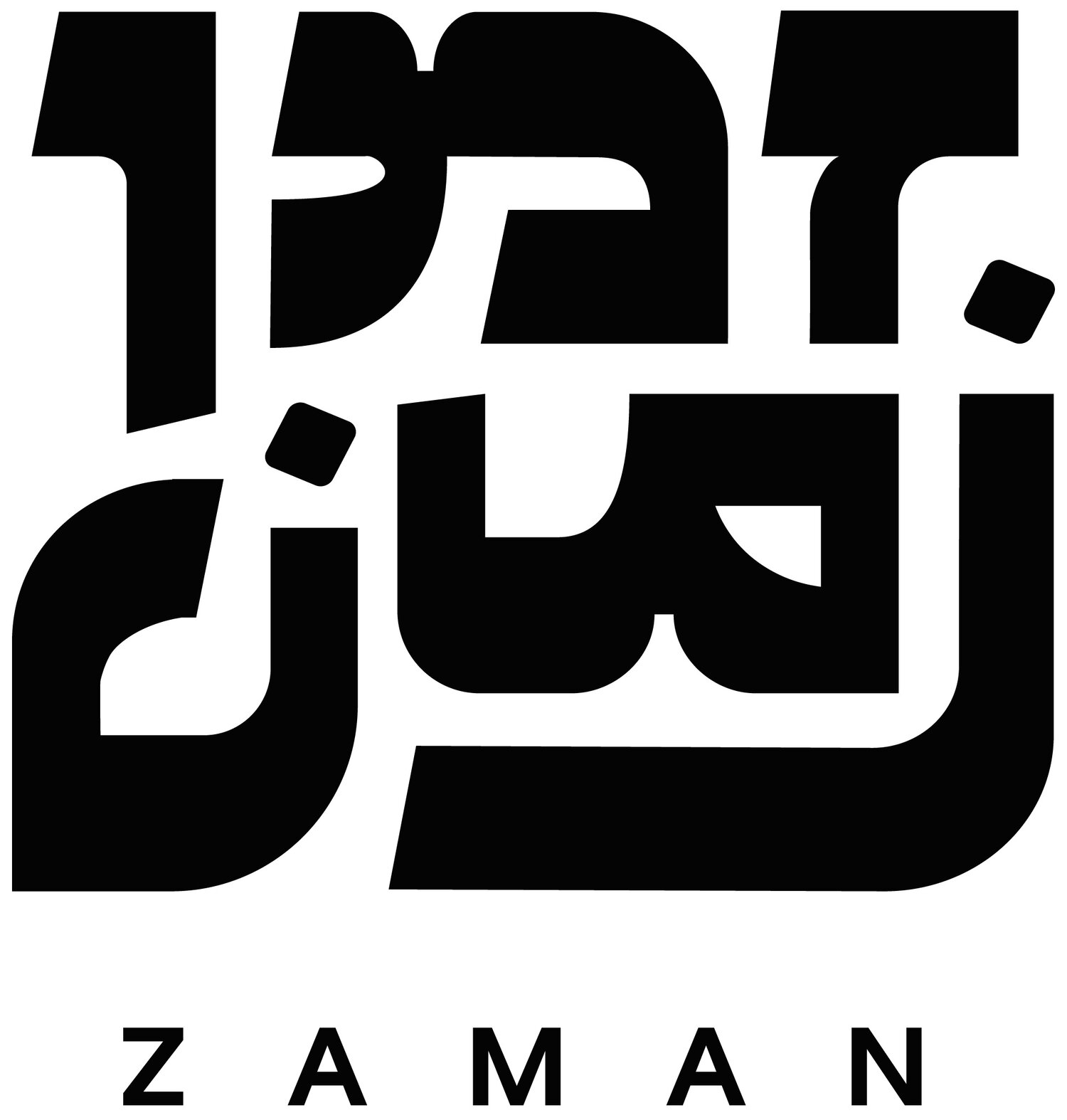Feature Article: An Account of Jewish Life in Prewar Damascus
Illustration by Lauren Neman
This article was originally published in November 2010 by New Voices, a news and commentary site about American Jewish campus life, under the headline “The Jews Who Live in Syria.”An odd combination of artwork covers the walls of Cameo’s office, located in the school. In the room, portraits of Syrian President Bashar al-Assad hang beside paintings depicting biblical scenes. Syrian flags encircle Hebrew biblical quotes.
I had stumbled upon the office almost by accident. I used a week-long vacation from a study abroad program in Jordan to explore Syria with four friends. We walked through ancient and endless souqs, mosques, and monuments, searching for any possible traces of a Jewish community there. I had recently experienced success with this in Aleppo, where I had located the Great Synagogue by interrupting an elderly man enjoying his morning tea.
In Damascus, the only clue I had to go on was a blurb in the “Lonely Planet” guide noting the Jewish Quarter of the Old City. Since it had worked once before, I thought I would try my luck with a group of men whom we encountered after navigating a maze of narrow streets. I said that we were on a search for “old churches,” and they informed us that there were none in the area. We began to walk away when one of the men followed us, beckoning us into a tiny artwork store that he unlocked. When we asked him about the location of a synagogue, he informed us that there had once been many Jews in the area along with several synagogues, though now they were all closed.
“But,” he added, “I could take you to someone who has the key.” Five minutes later, Cameo was shaking my hand.
The school building may have been empty, but Jewish life is still alive in Syria. Cameo said that one synagogue opens every Saturday, with a security guard stationed outside allowing entry only to a list of the city’s Jews. The Syrian government pays for two guards to be stationed in the Jewish quarter at all times, though Cameo did not mention any recent violence against himself or other Jews. He added, though, that tensions could flare up at any time, especially in reaction to developments in the Israeli-Palestinian conflict.
Six decades ago there were 10 thousand Jews in Damascus, but almost everyone left in waves of immigration to Israel, Europe, and the United States. In 1992, during the most recent wave of immigration, 4,500 Jews moved to Brooklyn. Now only 100 remain in the city. In the intervening years, Christians and Muslims from adjoining neighborhoods, as well as Palestinian refugees, moved into the Jewish Quarter.
Cameo has not given up hope of a Jewish resurgence, though. To prepare itself, the community has purchased abandoned properties in the Quarter and is preserving them in the hope that Jews could return to Damascus after the signing of regional peace deals. Pointing to a rendering of the Third Temple on his wall, Cameo said that all he wants is peace and that he is waiting for the Messiah.
Aside from this, Cameo did not delve into politics and sounded optimistic regarding the future of the Syrian Jewish community. He walked us around his office, pointing out different Jewish books and holy texts, with different shelves dedicated to different holidays. He was curious to test our Hebrew skills and learn our names, recounting stories of other foreign Jews who had studied in or visited Damascus.
As we headed out the door, we wished him a happy Passover. In a gesture characteristic of Middle Eastern hospitality, he insisted that we take several boxes of Turkish- and Syrian-made matzah with us and would not let us go until we agreed to take some. Syrian matzah was the most unexpected Syrian souvenir I received. The next time I’m in Damascus for Shabbat, I’ll know where to go.

